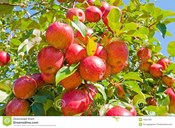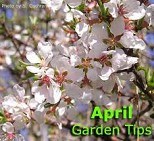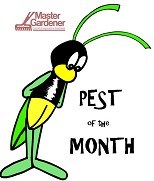While there might not seem to be too much happening in the garden this time of year, the best time to winter prune apple trees is right around the corner in February and March.
Pruning provides a good reason to get out in the garden and is very beneficial for your apple trees.
So, why prune your fruit trees? First, pruning helps keep the trees at a reasonable height, which makes it much easier to thin fruit off in the spring, treat for insects and diseases, and harvest.
Pruning also opens up the tree canopy, allowing more light into the center of the tree. Adequate sunlight is necessary to produce large fruit with good color. An open canopy also allows the leaves to dry faster, which reduces the risk of diseases spreading, since many fruit diseases thrive in humid environments. Pruning also removes diseased wood, reducing the amount of disease spores available to infect the tree in the spring.
So, what are some tips for pruning an apple tree? First, the type of cut you make matters. Most pruning cuts can be broken down into thinning cuts and heading cuts. A thinning cut is made by removing an entire shoot back to its point of origin, which can either be back to a larger branch, or back to the trunk of the tree.
A heading cut is when you cut only a short distance back into a shoot. Thinning cuts will open up the tree canopy and help slow the growth of the tree, while heading cuts tend to lead to a lot of regrowth just below where the cut was made.
Once you remove the four Ds, you should be almost done. After that, continue removing any additional areas of crowding, and keep your tree conical in shape, with short shoots at the top and longer shoots near the bottom. And remember, you can actually remove up to 30 percent of a dormant fruit tree’s wood before you begin to damage the tree. So, when in doubt, cut it out.
Mike Basedow is a regional apple specialist with the Cornell Cooperative Extension Eastern NY Commercial Horticulture Program. He can be reached at mrb254@cornell.edu





